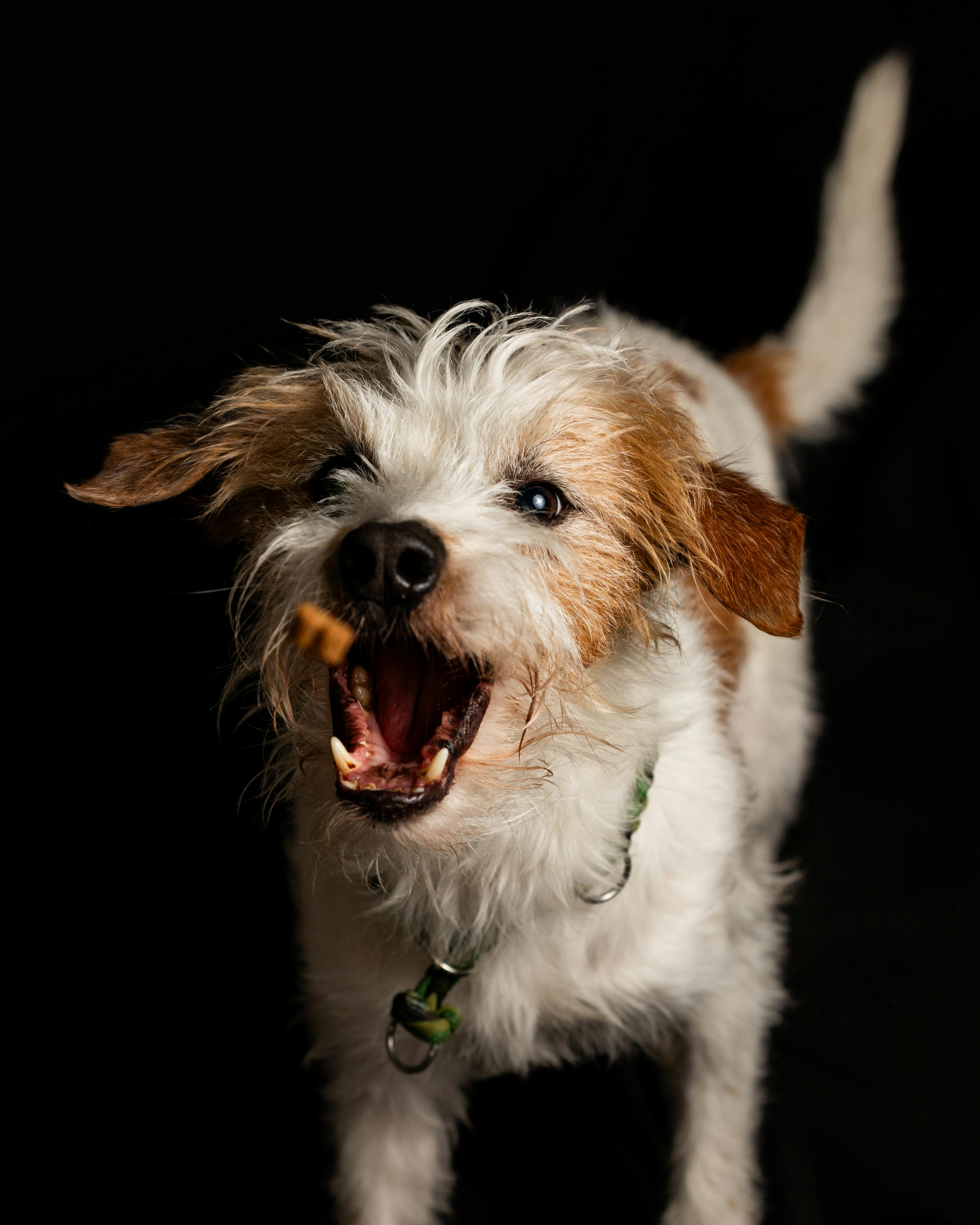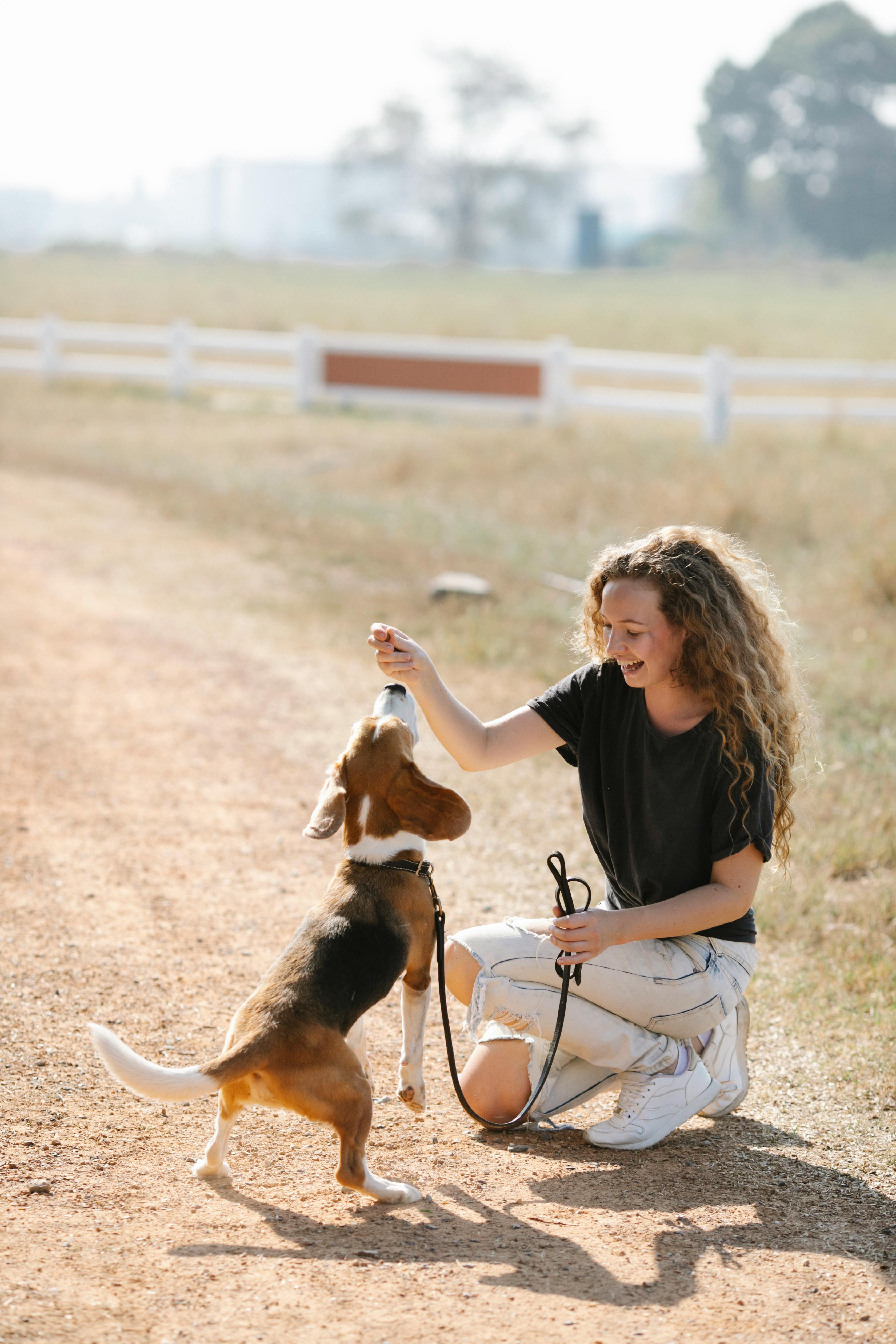Mastering Dog Treat Dispenser Training Techniques
Training your dog can be both a rewarding and challenging experience. With the rising popularity of smart pet technology, dog treat dispenser training is becoming a top choice among pet owners. This article explores the fundamentals, techniques, and practical applications of using treat dispensers to enhance obedience, reduce bad behavior, and enrich your dog’s daily routine.

Understanding the Fundamentals
Dog treat dispenser training involves using an automated or manual device to deliver treats as rewards during training sessions. It leverages the power of positive reinforcement to encourage good behavior. This method aligns with modern training philosophies that emphasize reward over punishment.
Originally inspired by clicker training and behaviorist principles, treat dispensers bring a consistent and timed reward system into your home. Like a digital clicker with built-in gratification, these tools are designed to improve your dog’s focus and speed up training success.
1.1 The Power of Positive Reinforcement
Positive reinforcement means rewarding a dog for good behavior to increase the likelihood it will be repeated. This is the foundational principle behind dog treat dispenser training. According to the American Veterinary Society of Animal Behavior, this method leads to faster learning and lower stress in dogs.
Using a treat dispenser helps with consistency—crucial in training. For example, if your dog sits on command and a dispenser immediately provides a treat, it strengthens the behavior more effectively than delayed praise.
1.2 Associative Learning and Timing
Timing is everything in dog training. Associative learning relies on immediate feedback. The faster the dog connects an action with a reward, the better the retention. This is where automatic treat dispensers shine—they ensure precision in timing that human-delivered rewards can’t always match.
Devices like remote-controlled treat launchers or app-connected dispensers add an element of fun while also reinforcing learning. They remove the variability of human delay, helping your pet link behavior and reward seamlessly.
Practical Implementation Guide
Now that we understand the principles behind dog treat dispenser training, let’s explore how to apply these techniques effectively at home. Results depend on consistency, patience, and selecting the right equipment for your dog’s size and temperament.

2.1 Actionable Steps
- Step 1: Choose the Right Dispenser: Pick a dispenser based on your dog’s size, treat preference, and tech-savviness. Manual push-button styles are great for beginners; smart app-controlled versions offer more flexibility.
- Step 2: Introduce the Device: Let your dog sniff and interact with the dispenser without using it at first. Then, manually dispense a few treats to establish a positive connection.
- Step 3: Begin Training: Use basic commands like “sit,” “stay,” or “come,” and reward with the dispenser each time the behavior is correctly performed. Reinforce consistently for 5-10 minutes daily.
2.2 Overcoming Challenges
Training can sometimes hit roadblocks. Common issues include:
- Device fear or confusion: Start slow, and use hand feeding alongside the dispenser.
- Overexcitement: Train in a calm environment and keep sessions short.
- Treat overload: Use small, low-calorie treats to prevent overfeeding.
Keep sessions structured, gradually increasing complexity as your dog gets the hang of it. Experts recommend always ending on a positive note, even if progress is slow.
Advanced Applications
Once your dog masters the basics of dog treat dispenser training, you can explore advanced scenarios. These techniques are ideal for improving behavioral responses, mental stimulation, and even remote training.

3.1 Remote Training and Separation Anxiety
Smart dispensers connected to mobile apps allow pet owners to train from a distance. This is especially helpful for dogs with separation anxiety. Randomly dispensing treats throughout the day can associate your absence with positive outcomes.
One case study showed a 60% reduction in anxious behaviors in dogs whose owners used remote treat dispensers consistently for three weeks.
3.2 Interactive Puzzle Integration
Combining treat dispensers with puzzle toys provides mental enrichment. Some dispensers can be set to require problem-solving before releasing a treat. This hybrid approach blends obedience training with cognitive development.
Ensure the difficulty level matches your dog’s skill to keep them engaged and challenged but not frustrated.
Future Outlook
The future of dog treat dispenser training lies in AI and behavior-based automation. Upcoming models are being designed to detect emotional cues and adjust reward frequency in real time. This could revolutionize how we train and bond with our pets.
Experts predict the integration of voice recognition, facial detection, and real-time behavioral tracking into everyday pet tech. Staying informed and adaptable will help dog owners make the most of these innovations.
Conclusion
Here are the top takeaways from this guide:
- Dog treat dispenser training is based on sound behavioral science.
- It offers consistency, improves obedience, and enriches your dog’s life.
- Advanced tools and methods can further boost results and mental engagement.
Ready to start training smarter? Choose a dispenser that fits your lifestyle and begin with simple commands. The journey to a well-trained and happy dog starts with a single treat.
Looking to maximize success? Set a schedule, track progress, and keep sessions fun. Your dog will thank you with wagging tails and attentive ears!
Frequently Asked Questions
- Q: What is dog treat dispenser training? It’s a technique using a device that delivers treats as rewards to reinforce good behavior during dog training sessions.
- Q: How do I start using a treat dispenser? Start by letting your dog get familiar with the device. Then, pair it with basic commands and reward successful actions.
- Q: How long does it take to see results? Most dogs show improvement within 1-2 weeks of consistent, daily training. Results vary based on breed and age.
- Q: Are treat dispensers expensive? Prices range from $25 for basic models to over $150 for smart devices. Choose based on features you’ll use.
- Q: Is this better than traditional training? Dispenser training adds consistency and automation but is best used in combination with traditional techniques.
- Q: Is it hard to set up a smart dispenser? Most models are plug-and-play with mobile apps for easy configuration. Minimal tech knowledge needed.
- Q: Can I use this for service or working dogs? Absolutely! These devices can reinforce complex routines and improve task reliability in professional environments.
